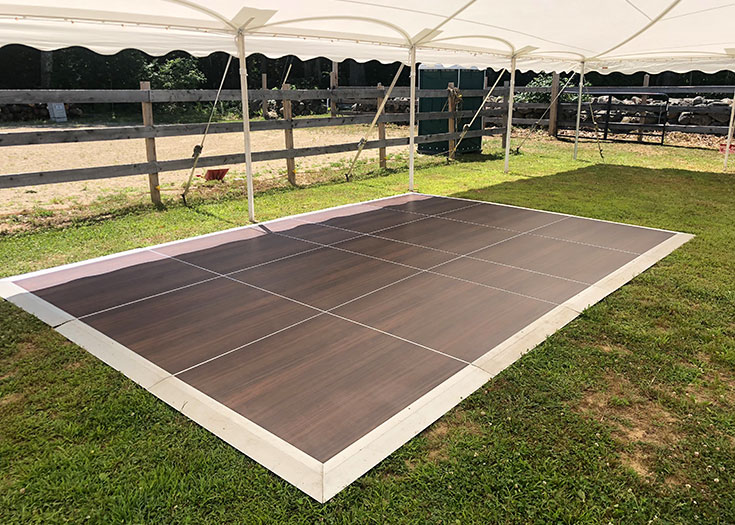One of the main safety factors is the spatial space of the dance floor. It is crucial to ensure that the area is large enough to accommodate the expected number of guests. A crowded dance floor can lead to accidents, such as falls or collisions. Organizers should also check the flooring material to ensure it is suitable for dancing. Smooth surfaces, such as wood or laminate, are ideal, while carpets can pose tripping hazards. Additionally, maintaining the dance area free of obstacles, such as chairs or tables, will help avoid injuries and facilitate for a more pleasant experience.
Lighting plays a crucial role in establishing a safe dance floor setting. Proper illumination not only sets the atmosphere for the event but also helps guests move through the space safely. Dim lighting can make it difficult for dancers to see their surroundings, raising the risk of incidents. Therefore, organizers should use a mix of ambient and focused lighting to light up the dance floor sufficiently. Emergency indicators should also be clearly visible, and the original source planners should ensure that the illumination is adjustable to suit different types of music and dance genres.
Another important aspect of safety on the dance floor is audience management. Event staff should be trained to monitor the dance space and make sure that guests are behaving properly. This includes addressing any instances of crowd issues or inappropriate behavior that could result to issues. Additionally, having a specific area for guests to take breaks can help minimize fatigue and avoid accidents. Providing water dispensers nearby can also encourage hydration, which is vital for keeping energy levels during the dance.

Finally, it is crucial to share safety protocols to all participants. Before the occasion begins, organizers should inform guests about the regulations and guidelines for the dance floor. This can include reminders to be aware of their environment, respect personal space, and avoid excessive alcohol consumption. Offering clear instructions can help foster a culture of security and accountability among guests. By cultivating an environment where everyone is conscious of safety measures, event planners can guarantee that the dance floor remains a fun and safe space for all attendees.